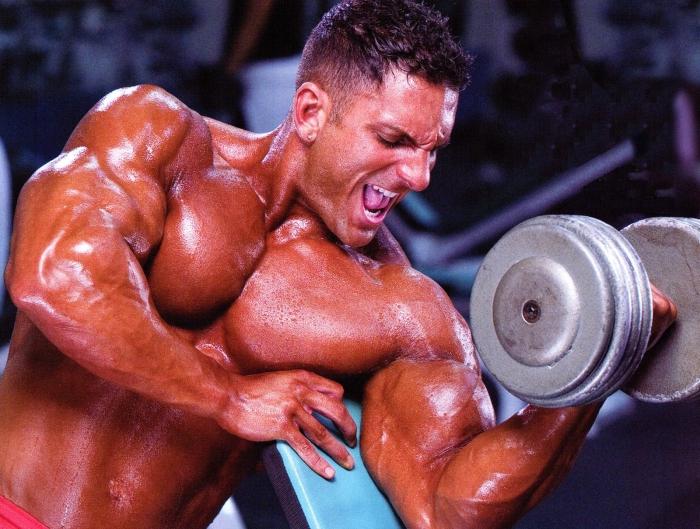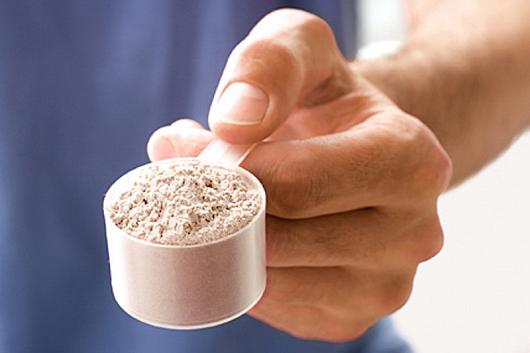The attitude of people to sports nutrition is mixed. Someone condemns the “rocking” for the use of chemistry, not understanding why creatine, amino acids or proteins are needed. Others, on the contrary, approve and even use it themselves, although bodybuilding is not their professional activity. And all because there is an opinion about the harm that is caused to the body by these additives. The terrible myths about a destroyed liver, male impotence and masculine women only emphasize the underdevelopment of sports culture in people.

Why use sports nutrition? The advice of experienced bodybuilders and professional trainers suggests that, with the right complex of supplements, supplements help you quickly achieve your goals: lose weight, give your body relief, increase muscle mass, increase stamina and energy during training.
What is creatine
One of the components of sports nutrition is creatine. It is an organic acid that is independently synthesized from amino acids such as glycine, arginine and methionine. In the human body, namely in the muscles, contains 95% of the total supply of creatine. If you explain in a generally accessible language, why creatine is needed, then its main task is to increase endurance, help build muscle and give the body a relief.
The principle of creatine
During intense workouts, the natural supply of creatine quickly runs out. For the average person, this expense is 2 grams. Accordingly, during physical exertion, the body requires a significantly larger amount of this acid. The body is not able to synthesize the necessary volume on its own, so replenishment from the outside is an excellent alternative and an indispensable tool for increasing muscle strength.

Who needs creatine and why?

Generally speaking, keratin is necessary for everyone who sets goals: to increase muscle mass, improve anaerobic performance, increase strength and endurance during training. The main indicators for taking this drug are:
- increase in strength;
- increase in muscle and anaerobic endurance;
- building "dry" muscle mass;
- giving the body a bump.
Creatine also helps to burn fat by increasing physical activity and prolonging exercise time in the gym. According to studies, creatine is absolutely safe for the female body and has no contraindications. But adolescents take this drug better after the end of the puberty (age about 16-17 years).

Rules for taking creatine

There are concepts such as the “boot phase” and the “support phase”. The first phase is a four-fold intake of creatine with a total weight of 10-20 grams for 7-10 days. This is followed by the second phase, during which the intake of creatine is reduced to 5-10 grams 2-3 times a day. In principle, the loading phase is not mandatory, it contributes to a more accelerated result, but even without it you will see positive dynamics of muscle growth, just later. Drink creatine with clean water or juice with a calculation of 150-200 ml. 5 gr. the drug. It is also necessary to observe the correct cycle of administration: creatine is used for 35-40 days, then it alternates with a 30-day rest. It is not recommended to take the supplement for more than 2 consecutive months.
Creatine Safety
So, why creatine is needed in sports, we figured it out. Now let's talk about the second side of the coin. As mentioned, most people who have not personally experienced sports nutrition talk about its harmfulness and futility. Today, it is creatine that is the most studied sports supplement. It has no side effects, which has been proved by scientists who used an unacceptable rate (25! Grams) of creatine in studies. The only drawback when using it at first may be upset and fluid retention in the body. This only happens during the loading phase, i.e. within 2-5 days.
It's time for training
If you are set for classes in the hall, even if not professionally, but for yourself, consider options for sports nutrition complexes. After explaining the purpose of your arrival to the trainer, ask for advice: where to buy sports nutrition, what exactly you need to take and how. In addition to sports supplements, consult about a daily diet and a set of exercises, and a water-salt balance.